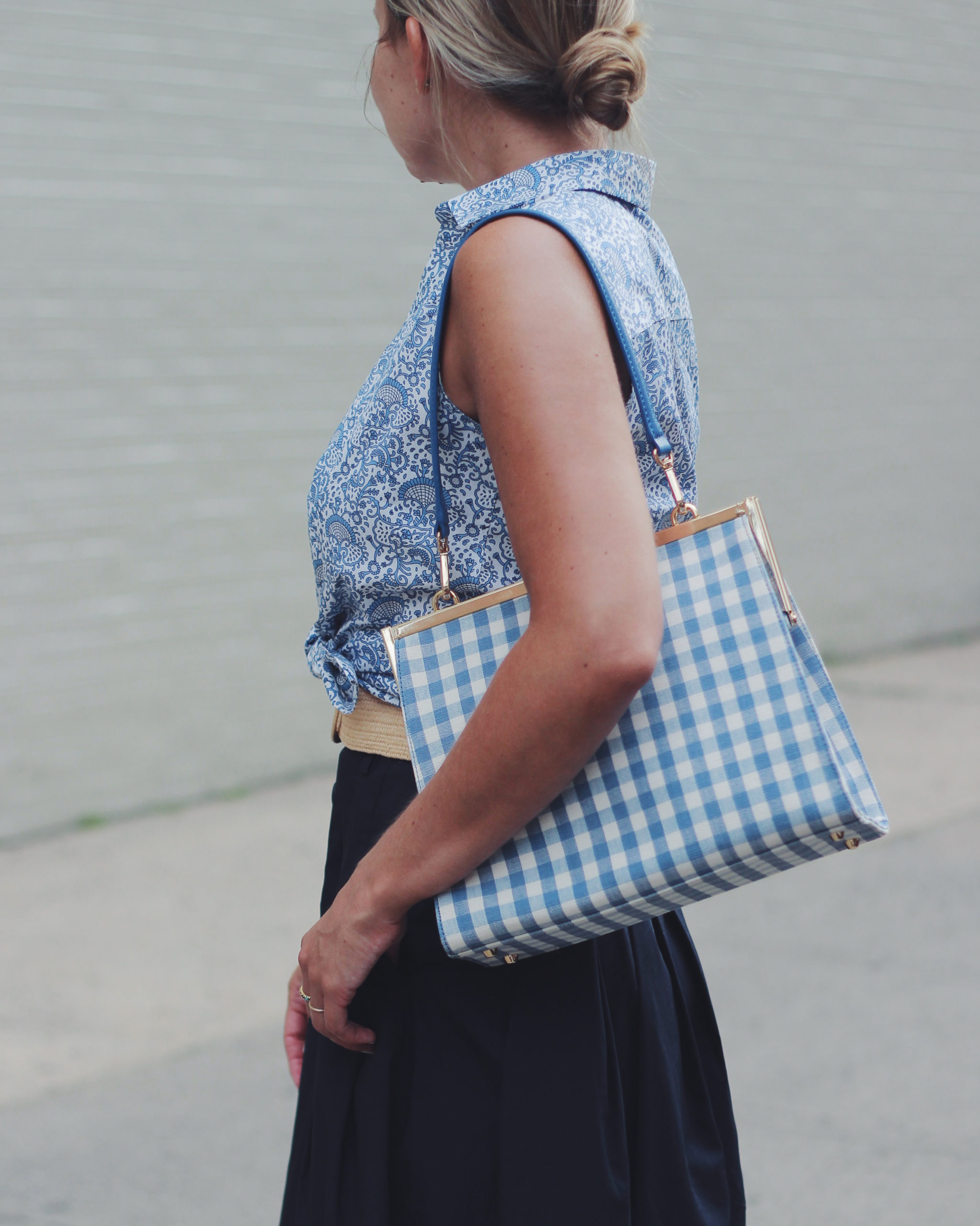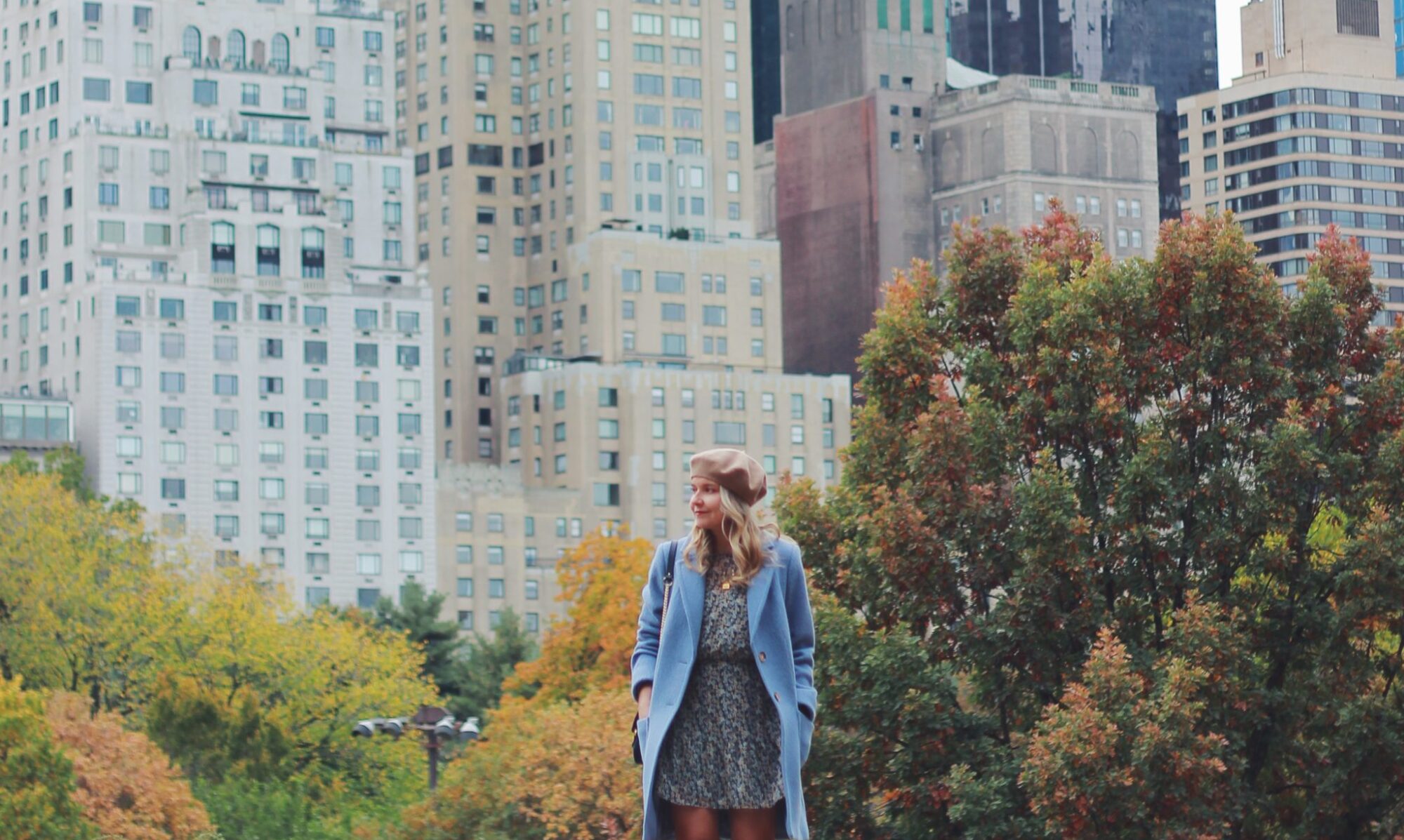
Between a worldwide pandemic and a nationwide uprising, for the first time – maybe ever – a lot of us have seen just how fragile (and often downright broken) our economic ecosystem truly is. And it’s compelled a lot of people, myself included, to spend their money differently. From donating to an organization that provided meals to healthcare workers from local restaurants to placing orders with Black-owned small businesses.
And that’s great. But these efforts need to be a movement and not a moment. Money is power and if we want to see change, we have to start distributing that power in a more responsible way. For most of us though, especially in the aftermath of said pandemic, money isn’t just endlessly abundant. Which means we need to budget for activism. In my opinion this can be done in two ways.
DONATIONS: The donations that I made in the past have been in response to an immediate need. A hurricane, pandemic, social injustice, etc. The problem is that this spending has been “discretionary” when it really needs to be “fixed”. I’ll explain. Discretionary money in a budget means that you see you’ve got $50 leftover at the end of a week after paying all of your bills and buying groceries and you choose to use it towards a donation instead of a new skirt. But to make long-lasting impact in our communities, we really need to move donations to monthly reoccurring payments and consider these fixed costs in our budget. Just like our electric bill. And if you think you don’t have $20 extra a month to give – I encourage you to call your electric, cable and phone companies and negotiate your bill. I promise you between the 3 of them, they’ll offer you at least a $20 discount per month to keep you as a customer. Boom! You just saved yourself $240 a year that can go straight to an impactful non-profit organization of your choice.
SHOPPING: This category falls into discretionary spending, but even within that part of your budget we can make conscious changes. Can 50% of your discretionary spending go to small businesses this year? How much of that can go to businesses owned by people of color or the LGBTQIA+ community? I, for one, want to do much more to support the small business community, especially here in New York City. Going forward I plan to share brands I’ve shopped and love or am inspired by in this space. Be that an awesome Black-owned wine bar/bookstore in the Bronx or a vintage-inspired handbag brand owned by two sisters here in Manhattan (gingham bag shown above!). I’ll be spending my money with activism and equality in mind. And if you aren’t in a place where you can be shopping right now – don’t forget that a “follow” on Instagram is free. And engaging on social media helps to bring exposure to new brands which might mean PR opportunities in a bigger publication or better placement in google ads that will reach consumers ready to shop.
Let’s put our money where our mouths are.

